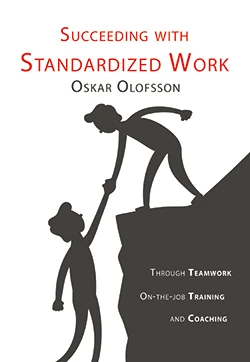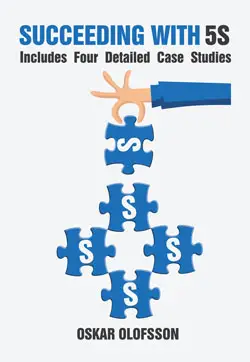
The Kai zen philosophy is drawn from the Japanese word kai which means "continuous" and zen meaning "improvement" or "wisdom". The management philosophy, therefore, is defined as making "continuous improvement"—slow, incremental but constant. It is but surprising that the same Japanese words denote "the action to correct" in Chinese.
Masaaki Imai (1) defined the concept as "a means of continuing improvement in personal life, home life, social life, and working life. At the workplace, Kaizen means continuing improvement involving everyone—managers and workers alike. The business strategy involves everyone in an organization working together to make improvements without large capital investments."
Mark R. Hamel (2) has a slightly different definition: "It is much more than an event; it is a philosophy, mindset and, for breakthrough performance, a most critical vehicle to achieve strategic imperatives and execute value stream/process improvement plans."
The Kaizen way encourages small day-to-day yet continuous and never-ending improvement process involving everyone from managers to workers using the most basic tenet of survival: Common sense.
Making sensible decisions and native sound judgment, incidentally, are the ingredients of survival—and the concept becomes a handy management kit that best works in times of crisis.
To understand the benefits of the methology better, every business or corporation may need to undergo radical change—whatever degree, without any resistance—in order to survive the competition in this fast changing world.
As opposed to the Western brand of pragmatic why-fix-it-if-it-ain't-broke philosophy, Kaizen extends a more optimistic philosophical view: "Everything—even if it ain't broke—can be made better!"
In business applications, continuous improvements covers most of the modules of successful Japanese concepts. Kanban, 5S, quality circles (QCs), just-in-time (JIT) delivery, automation, suggestions systems, etc., are all embedded into the system of modern business management.
Setting the structure is very important. This includes appointing self-directed teams that manage to
• analyze problems; and
• generate solutions
The teams need the authority to implement the necessary changes. Everybody should be involved.
In the United States, an alternative to the standard approach is called the Kaizen Blitz (or Event) where self-directed teams are forced to analyze problems hastily and generate curative solutions—but are immediately dissolved once the problem is solved.Kaizen is setting doable, replicable standards and then continually improving those standards—because persistent improvements are crucial for the long-term profits.
In spite of different systemic modules, it must be understood that Kai zen is not a method or technique. All existing and standard programs and techniques are still actively used, albeit on an improved level.
It is, therefore, not all about incentives and rewards—it is about the support given to front-liners to help them improve the way work is done.
By Oskar Olofsson
References:
(1) Masaaki Imai. The Key To Japan's Competitive Success
(2) Mark R. Hamel. Event Fieldbook: Foundation, Framework, and Standard Work for Effective Events

Making lean work for you

World-Class / Lean Manufacturing

5S Implementation

SMED Quick Change-over

TPM and Plant Maintenance

Succeeding With Standardized Work

Succeeding With 5S